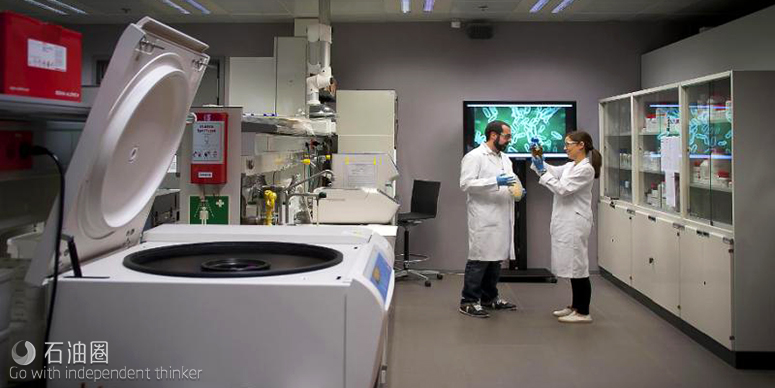While a lot of sciences are involved in finding oil and gas, biology might not be the first science that leaps to mind. But researchers at Repsol are working on changing that mindset.
The team is focusing on the concept of “bioprospection,” studying how the presence of certain microorganisms on the surface can be an indication of hydrocarbons beneath. According to a press release from the company, this concept, while not new, has been challenging in the past because of the extreme conditions in which the microorganisms live. But metagenomics and massive sequencing are making this a reality.
“For many decades the approach was limited because when you studied the biology on the surface, the number of microorganisms is very high, but few of them can be grown in the lab,” said Enrique Espí Guzman, senior researcher of biotechnology at the Repsol Technology Center (RTC). “But recently the biology has evolved. The use of DNA sequencing in medicine and health has provided new tools to apply to other sectors. In this case, the idea is to apply these new sequencing technologies to extract all of the information we have in the samples from the surface to detect or identify indicators of hydrocarbons in the subsurface.”
The idea is that, even if the hydrocarbons are trapped, there is micro-seepage from the reservoir to the surface. Some of the surface microorganisms metabolize these hydrocarbons, and other microorganisms that live nearer to the reservoir might also make their way to the surface. “It can be a direct image of the hydrocarbons in the reservoir, or it can be microorganisms that grow in the surface but degrade the hydrocarbons that migrate to the surface,” Espí said.
While the methodology is still under development, it already has been deployed for exploration purposes. “We don’t wait until we’re finished,” said Santos Suárez Gago-Ruiz, communications and public relations for the RTC. “We start testing and scaling up as we continue the R&D. Our researchers have the opportunity to work early with the exploration teams to test their R&D to see if it’s going in the direction it needs to go.”
The methodology is similar to geochemistry and can be applied to the same cores and samples as geochemistry, but it has the advantage of not degrading with time like geochemistry does, Espí added. “The geochemistry signal is not continuous, but biology can be more sensitive and at the same time more long-lasting,” he said. “It provides additional information about the quality of the hydrocarbons.”
Biology alone will probably never be the perfect exploration tool, but in combination with other geology and geophysics methods, it adds a new layer of information to improve the success rate. “Last year we had a 48% success rate in exploration,” Suárez said. “That is huge. Developing new technology is going to be key in exploration and is going to give us information to be ahead of the others.”


 石油圈
石油圈
